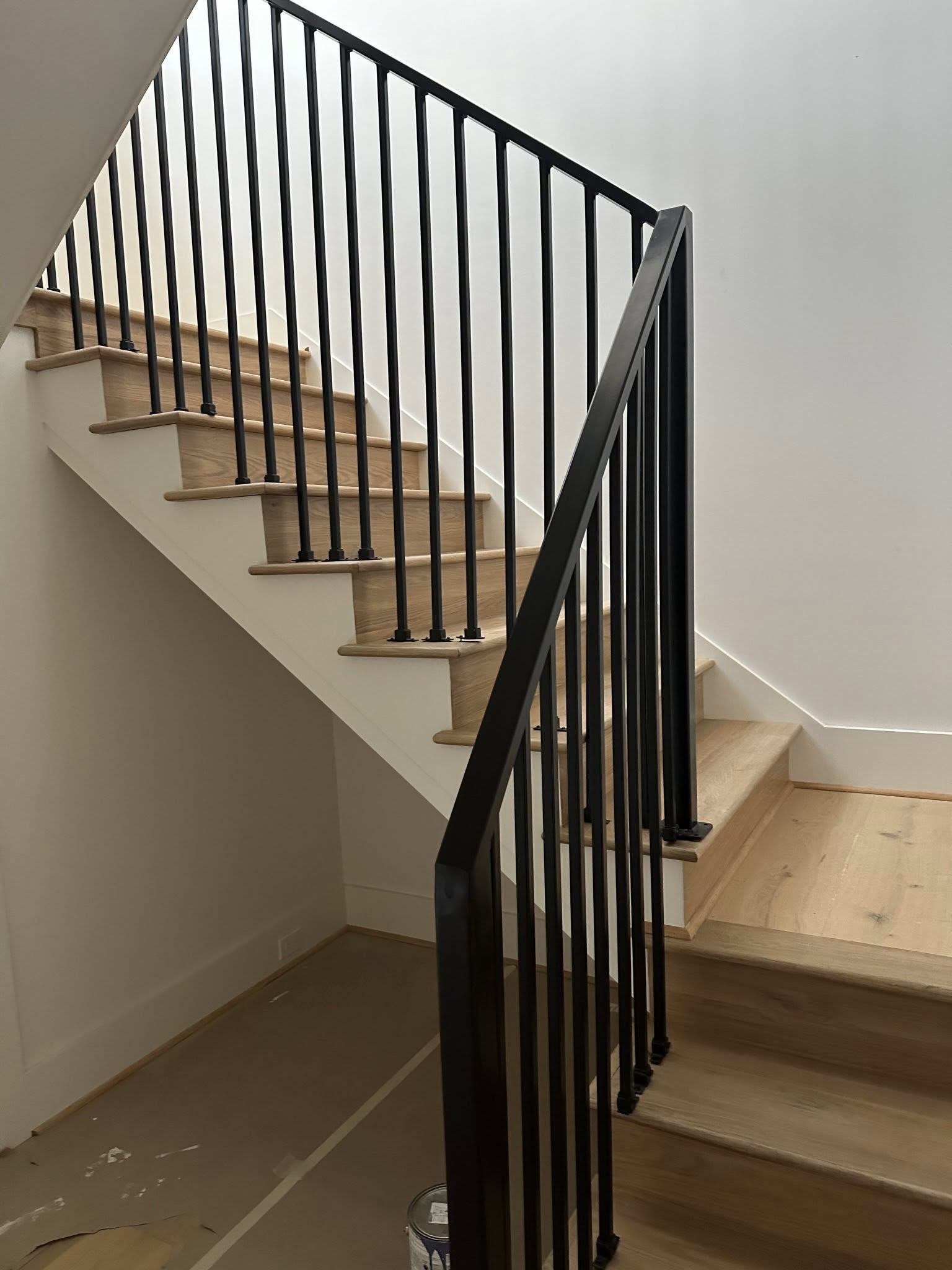
Innovative Fabrication Techniques for Tomorrow's Challenges Oct 12, 2025
The future of welding and fabrication is being redefined by advanced materials and digital innovations. One such development is the integration of Computer-Aided Design (CAD) and Computer-Aided Manufacturing (CAM) technologies. These tools are revolutionizing the way we approach design and production processes, offering unparalleled precision and efficiency. Engineers and fabricators can now develop complex projects with tighter tolerances, reducing waste and ensuring quality consistently across all projects.
Another groundbreaking advancement facilitating tomorrow’s challenges is 3D printing, also known as additive manufacturing. This technique allows for the creation of complex geometries that were once impossible with traditional methods. Not only does this reduce material wastage, but it also significantly lowers production costs and labor time. For instance, in custom and small-batch production runs, 3D printing is a cost-effective solution that decreases the need for extensive tooling and setup.
In the quest for sustainability, many companies, including TAG Welding and Fabrication, are increasingly adopting eco-friendly practices. One such approach is the use of recycled materials. By incorporating high-quality recycled metals into fabrication projects, companies are reducing their environmental footprint while still delivering durable and reliable products. This shift not only promotes sustainability but also appeals to environmentally conscious clients.
Automation is yet another transformative trend in the welding and fabrication landscape. Robotic welding, for instance, is enhancing precision and repeatability, leading to higher quality and efficiency. These systems can handle repetitive tasks with speed and accuracy, freeing up skilled labor for more complex tasks that require a human touch. Automation also minimizes human error, ensuring a safer working environment and consistent product quality.
Hybrid manufacturing techniques, which combine additive and subtractive methods, are gaining traction. These techniques bring together the best of both worlds, allowing fabricators to benefit from the strengths of each method. The combination of traditional CNC machining with additive processes like 3D printing facilitates improvements in strength, functionality, and cost-efficiency.
As we look to the future, it's clear that embracing these innovative fabrication techniques is crucial for thriving in the modern, fast-paced market. Staying informed about these technological advancements allows companies like TAG Welding and Fabrication to offer competitive, cutting-edge services to their clients. Whether you're working on aerospace components, automotive parts, or architectural structures, understanding and adopting these methods can lead to improved project outcomes.
In conclusion, the challenges of tomorrow demand a forward-thinking approach today. Implementing these advanced techniques not only enhances production capabilities but also ensures that businesses are prepared to face evolving marketplace demands. By combining traditional craftsmanship with modern technology, companies like TAG Welding and Fabrication can continue to deliver high-quality solutions that meet and exceed client expectations. As the industry continues to innovate, staying ahead of these trends will be key to achieving long-term success.
/filters:no_upscale()/filters:format(webp)/media/4a7508df-00be-478e-be73-2063b81ae268.jpeg)